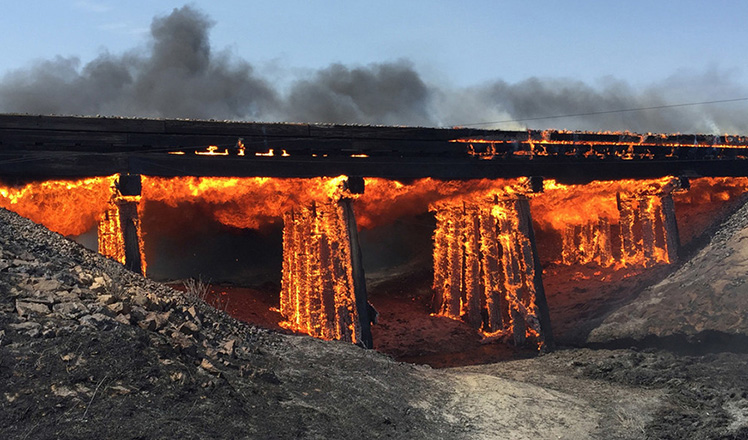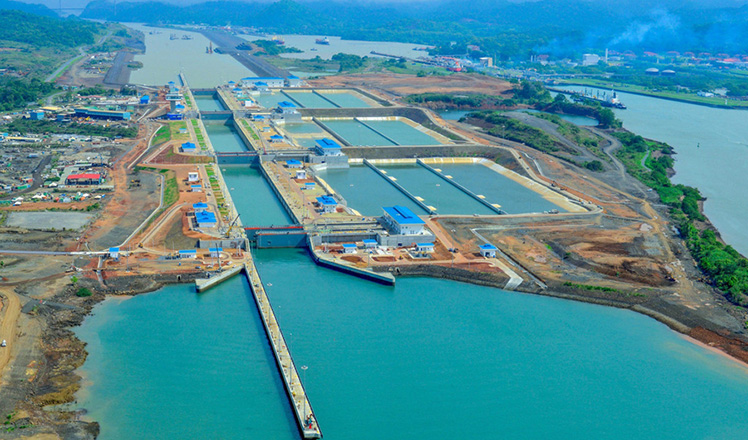Enough room to fix structural dysfunctions
Updated: 2016-06-28 08:21
By JUSTIN YIFU LIN(China Daily)
|
||||||||
 |
|
A worker changes a carrier cable along the Neijing-Kungming railway in Chengdu, Sichuan province, April 24, 2015. [Photo / IC] |
China's transitioning economy still suffers from a number of structural dysfunctions, which are exactly what the comprehensive reform embarked upon in 2013 and the supply-side reform launched last year aim to fix.
But China's economic slowdown since 2010 is a periodic phenomenon and has a lot to do with external factors. Countries at the same level of development, including Brazil, India and Russia, have endured even sharper decline in growth rates over the same period. The same applies to developed economies like the Republic of Korea and Singapore.
The extensive economic turbulence that haunts them essentially shows that their exports, investment and consumption, the three driving forces of an economy's growth on the demand side, are all in trouble.
That the West is yet to recover from the 2008 global financial crisis and its consumption has not picked up have dealt a major blow to export-oriented emerging economies. To tide over the financial crisis, China and many other countries adopted stimulant fiscal policies to increase domestic investments, which have run their course. Yet in the face of the slowly recovering world economy, investment growth would almost certainly fall.
On the consumption front, China has managed to maintain a decent annual growth of about 8 percent thanks to its relatively high employment rate. But other countries, even some developed ones in East Asia, have not been so lucky.
The waning overseas demand and the ongoing economic downturn notwithstanding, China still has the capability to ensure sturdy increase in domestic investment and consumption, and eventually achieve the goal of sustaining a GDP growth of 6.5 percent or more in the next four years.
On the supply side, the room for an industrial overhaul is ample, because as a moderately developed country, China finds it increasingly necessary to get rid of excess capacity in labor-intensive industries like steel, cement and shipbuilding. And the returns on investments in upgrading low-end industries can be fairly decent.
In addition, demand for investment remains sizable in the fields of infrastructure construction, environment protection and urbanization. Most infrastructure investments were made to build highways, high-speed railways, airports and seaports to improve connectivity between cities. Investing in urban infrastructure is not only needed and profitable, but also conducive to reducing traffic congestion and improving public health.
Likewise, the country's massive urbanization drive has created both severe pollution and an influx of people into bigger cities, thus requiring huge investments to protect the environment and provide public housing and services to the increasing number of urban residents (about 56 percent of the country's population).
In comparison, despite being global industrial and technological pioneers, developed countries have less room to maneuver in order to increase investment at home, because they have basically completed the urbanization process.
That the Chinese government's debt accounts for less than 60 percent of the total GDP (the percentage for most countries is more than 100), makes it easier for it to apply fiscal policies to support infrastructure investments. Its enormous domestic savings, which make up nearly half of the total GDP, can also be turned into private investments through channels such as public-private partnership.
Besides, China has over $3 trillion in foreign exchange reserves, more than any other country, which allows it to import essential technologies, equipment and raw materials. As for the emerging markets that are relatively more attractive to investors, they often lack such support to sustain their attractiveness.
Moreover, China's relatively high bank interest rate and reserve requirement ratio leave enough room for alteration in the numbers, meaning the central government can reduce them to increase money supply and thus stimulate investment if need be, without creating a liquidity trap like some Western countries did with their zero-interest rule.
The author, a former chief economist and senior vice-president at the World Bank, is professor and honorary dean of the National School of Development, Peking University.
- Hillary Clinton boasts double-digit lead over Trump: poll
- First New York Pride March since Orlando shooting targets gun control
- Intl experts question proceedings of South China Sea arbitration
- South China Sea tribunal has no legal validity
- Cambodia positions itself along new Silk Road: media
- UK opposition leader Corbyn says will not resign after Brexit vote

 The world in photos: June 20-26
The world in photos: June 20-26
 Panama Canal opens with Chinese ship making first passage
Panama Canal opens with Chinese ship making first passage
 Eco-friendly farming system introduced to NE China
Eco-friendly farming system introduced to NE China
 UK votes to LEAVE the EU in historic referendum
UK votes to LEAVE the EU in historic referendum
 Aussie Ben Simmons picked by 76ers as No 1 in NBA Draft
Aussie Ben Simmons picked by 76ers as No 1 in NBA Draft
 Ancient scroll's digital art show staged in Beijing airport
Ancient scroll's digital art show staged in Beijing airport
 University students go underwater to celebrate graduation
University students go underwater to celebrate graduation
 Ten photos from around China: June 17 - 23
Ten photos from around China: June 17 - 23
Most Viewed
Editor's Picks

|

|

|

|

|

|
Today's Top News
Abe's blame game reveals his policies failing to get results
Ending wildlife trafficking must be policy priority in Asia
Effects of supply-side reform take time to be seen
Chinese State Councilor Yang Jiechi to meet Kerry
Chinese stocks surge on back of MSCI rumors
Liang avoids jail in shooting death
China's finance minister addresses ratings downgrade
Duke alumni visit Chinese Embassy
US Weekly

|

|







